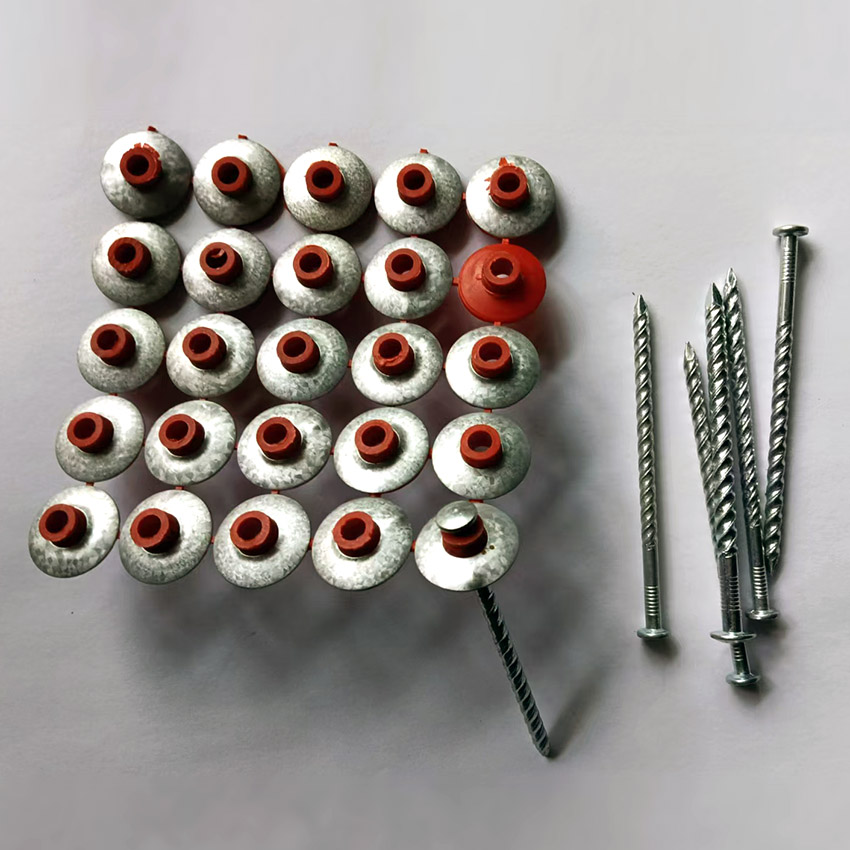In furniture making and building decoration, the fixed strength of oblique nailing is improved by more than 40% than that of vertical nailing. In this paper, the scientific basis and operation points of oblique nail method are analyzed by combining the mechanical principle with the practical experience of woodworking.
First, the principle of mechanics: the winning code of three-dimensional force system
1. Decomposition effect of force
When the nail is driven obliquely at an angle of 45-60, its force can be decomposed into:
Vertical component: against gravity falling
Horizontal component: enhance the lateral bite force
Experiments show that this composite force system can increase the pull-out resistance by 2-3 times.
2. Cross-locking of wood fibers
Obliquely driven wood rings that can penetrate 3-5 layers form staggered anchor points, and the nail holding force is increased by 50% compared with straight-line penetration driven vertically.
Second, the three practical skills
1. The golden rule of angle selection
Cork (pine/Chinese fir): 45 oblique angle to avoid over-extrusion.
Hardwood (oak/mahogany): 60 oblique angle, with pre-drilled holes for crack prevention.
Splicing interface: double nails are splayed to disperse stress.
2. Nail tip treatment crack prevention skills
Aiming at the problem that hardwood is easy to crack:
Cut the nail tip flat with a vise to form a flat-headed nail.
Pre-drill a guide hole with a diameter of 2/3 of the nail thickness.
3. Special nail type synergy scheme
Spiral twist nail: the rotation resistance increases by 30% when the nail is tilted.
Steel nail with barbed wire: 4 times friction should be overcome when pulling out.
Third, common misunderstandings are solved
Myth 1: Vertical nailing is more labor-saving?
The measured data shows that:
Vertical nailing saves labor in the initial stage, but the probability of loosening in the later stage is 70%
The oblique nail method consumes 20% more force in the initial stage, but the long-term stability doubles.
Myth 2: Are all plates suitable?
Use the scene with caution:
Density board/particleboard: Inclined nails are easy to cause structural collapse.
Thin plate with thickness < <1cm: It is recommended to use screw connection instead.
IV. Historical Verification and Standard Specification
In the restoration of the ancient building of the Forbidden City, mortise and tenon+oblique nails have been used for more than 600 years. Modern Code for Construction of Timber Structure Engineering GB50206 clearly requires:
The angle of inclined nail of floor keel is more than or equal to 50.
Load-bearing joints need to be crossed by double nails.
Mastering these skills can prolong the life of homemade furniture by 5-8 years! It is recommended to wear non-slip gloves during operation to avoid hammering deviation.




